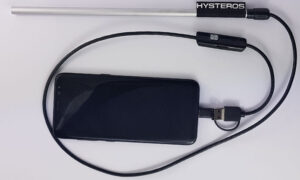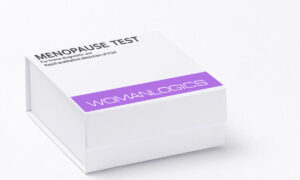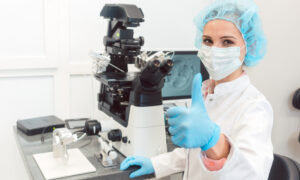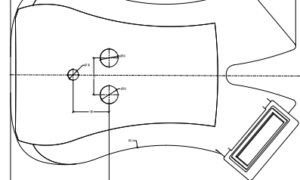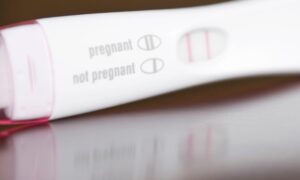The art of delivering babies has been evolving since the establishment of the primordial human societies. For many centuries, human race has been discovering new methods to ease the delivery of babies.

The obstetric art has been mainly based on the gradual development of knowledge in human anatomy, embryology and physiology. Several brightly minded physicians and anatomists have managed to advance our knowledge in respective fields thereby producing significant steps ahead in the progression of medicine and surgery. Moreover, over the centuries, healthcare providers, obstetricians and midwives have developed specific techniques, such as birthing positions or specific manouvres to enable the safe delivery of babies.
In addition to those brilliant steps towards achieving a wider understanding of the obstetric phenomena, several exceptional devices have been invented over the years, which in the hands of skilled obstetricians have turned routinely difficult and unachievable labours into manageable deliveries. Characteristic examples of such innovative devices are the several types of forceps, which have been evolving throughout the last 5 centuries. Other types of innovative tools were invented and are used until now, such as the pinnard stethoscope, the birthing chair or more modern devices, such as the amniohook device or the several types of ventouse cups, including the brilliant kiwi.
Our intrapartum lab team has been working on research and development ideas and projects regarding innovative tools, research on current intrapartum practices and on intrapartum surveillance techniques. We have implemented the latest technological advances in order to build useful results, which will be used as a basis for future solutions for specific problems that are encountered during labour. Our team also reviews and analyse labour ward management protocols throughout the world and in collaboration with the obstetric epidemiology lab are pursuing comparative analyses of various obstetric practices, thus drawing useful conclusions.
The Fetal Monitoring Research Lab at WomanLogics is a state-of-the-art facility dedicated to advancing the field of fetal monitoring and improving outcomes for mothers and babies during childbirth. This lab is equipped with a range of technologies and equipment, including CTG (CardioTocography) systems, that allow researchers to study and understand the physiological processes that occur during labor and delivery.
Fetal monitoring is a crucial aspect of childbirth, as it allows doctors and other medical professionals to track the health and wellbeing of the baby during delivery. Techniques such as CTG (CardioTocography), fetal lactate testing, and fetal blood sampling can provide valuable insights into the baby’s condition and help to identify potential problems. By monitoring the baby’s vital signs and other markers, medical professionals can take necessary action to ensure the safety of both the mother and the baby.
The Fetal Monitoring Research Lab at WomanLogics is focused on developing and evaluating new technologies and techniques for fetal monitoring, including CTG (CardioTocography), fetal lactate testing, and fetal blood sampling. Researchers at the lab work to improve the accuracy and reliability of these monitoring methods, as well as to identify new markers and indicators that can provide valuable insights into the health of the baby.
In addition to developing new technologies, the Fetal Monitoring Research Lab at WomanLogics is also involved in research on the use of fetal monitoring during childbirth. Studies conducted in the lab have helped to better understand the physiological processes that occur during labor and delivery, and have led to the development of new guidelines and protocols for fetal monitoring, including the use of CTG (CardioTocography), fetal lactate testing, and fetal blood sampling.
The team at the Fetal Monitoring Research Lab is comprised of experts in the fields of obstetrics, gynecology, and engineering, as well as researchers who specialize in the development of medical technologies. Together, they work to create innovative solutions that improve the safety and outcomes of childbirth for mothers and babies, specifically through the use of CTG (CardioTocography), fetal lactate testing, and fetal blood sampling.
Overall, the Fetal Monitoring Research Lab at WomanLogics is an essential resource for the advancement of fetal monitoring and the improvement of outcomes for mothers and babies during childbirth. Its efforts in the areas of CTG (CardioTocography), fetal lactate testing, and fetal blood sampling are helping to ensure that women have access to the highest quality care during this important time.




